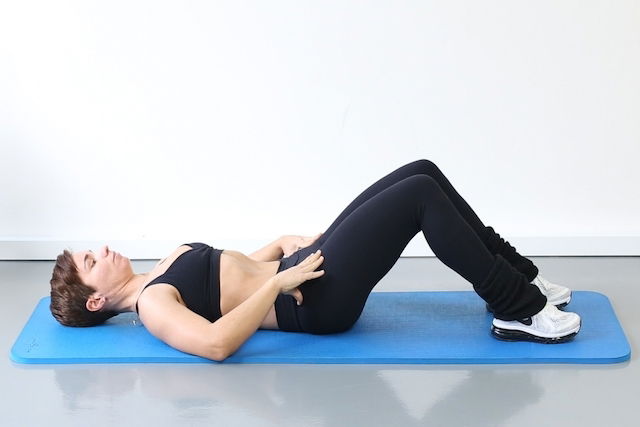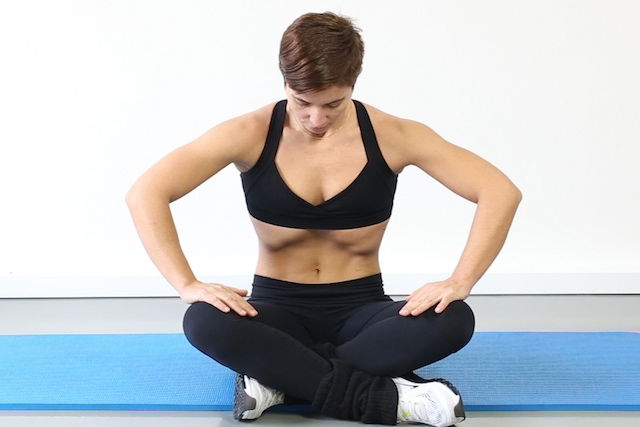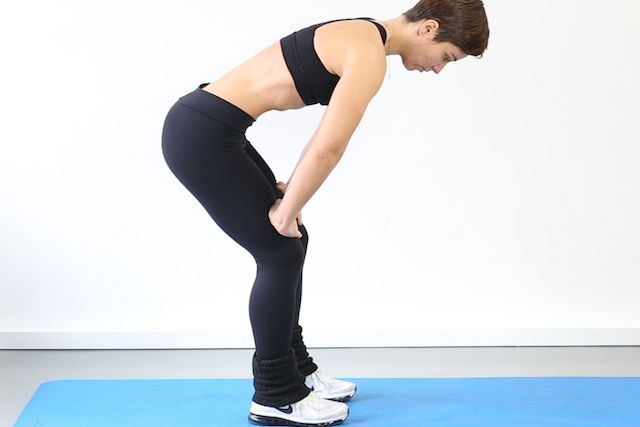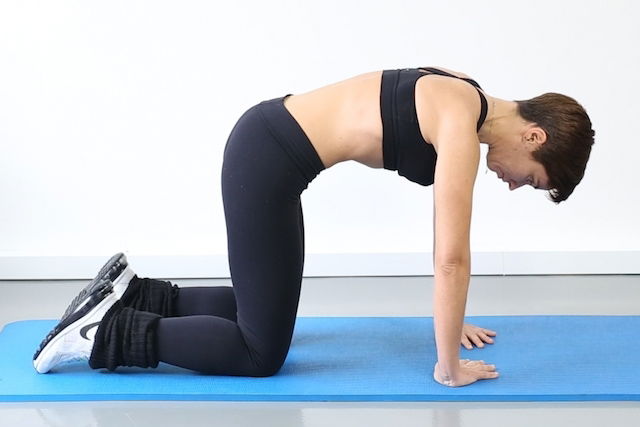Hypopressive exercises are great for toning the abdominal muscles and are especially suitable for people who suffer from back pain, women during the postpartum period or anyone who cannot do traditional abs exercises.
Since these exercises do not require spinal movement, they can even be performed by people with herniated discs.
In addition to strengthening the abdomen, hypopressive breathing also fights urinary and fecal incontinence, improves body posture, cures genital prolapse, and improves bowel function.
How to do hypopressive exercises at home
To do hypopressive exercises at home you should start slowly, paying close attention to your posture and the movement of each exercise. Ideally you should start this series in a lying position and then progress to sitting and then leaning forward.
Hypopressive breathing can be completed as following:
- Breathe in normally and releasing the air completely, until the abdomen begins to contract on its own;
- 'Shrink' your abdomen by sucking the abdominal muscles inwards towards the spine;
- Keep this contraction for 10 to 20 seconds initially and, over time, gradually increase the contraction time. Hold this for as long as possible without breathing.
- Fill your lungs with air and relax completely, returning to your normal breathing.
Now that you know how to perform the diaphragmatic contraction, do the following exercises:
Exercise 1: Lying Down

Lying down on your belly, with your legs bent and your arms parallel to your body, follow the instructions above. To begin, do 3 repetitions of this exercise.
Exercise 2: Sitting

In this exercise you should sit in a chair with your feet flat on the floor or you can sit on the floor with your legs bent in the case of beginners and with your legs straight for the more experienced. Release the air completely and then 'suck' your belly in completely, breathing out for as long as you can.
Exercise 3: Leaning Forward

In a standing position, tilt your body forward, slightly bending your knees. Take a deep breath and as you let the air out, 'pull' the abdomen in, as well as the pelvic muscles, holding your breath for as long as you can.
Exercise 4: Kneeling on the floor

In the 4-point position with your hands and knees on the floor, release all the air from the lungs and suck the belly in as much as you can and hold your breath for as long as you can.
Whenever you do a series of hypopressives you should vary the positions because it is normal for a person to be able to maintain the contraction for longer in one position than in another. The best way to know which position you can hold the contraction for longer is to test each of them.
When will I see results
These exercises can be performed for 20 minutes to 1 hour, 3 to 5 times a week so your results can be observed. When doing these exercises for about 20 minutes a week you should notice waist reduction and a decrease urinary incontinence symptoms. In 6 to 8 weeks, it may be possible to see a reduction of 2 to 10 cm of the waist, which makes doing the exercises easier.
After 12 weeks you should go into the maintenance phase, doing 20 minutes a week before your usual workout. For better results, it is advised to do 20 minutes to 1 hour, twice a week in the first month and 3 to 4 times a week after the 2nd month.
Cautions while doing hypopressive exercises
The most important precautions to take when performing hypopressive breathing are:
- Do not do these exercises after eating;
- Always contract the pelvic muscles when shrinking the belly to it's maximum point;
- Do these exercises 3 to 5 times a week;
- Start the exercise program lightly, with few contractions and increase the number of contractions gradually, respecting the limits of your body.
Those who practice these exercises regularly may notice benefits in 4 weeks.
